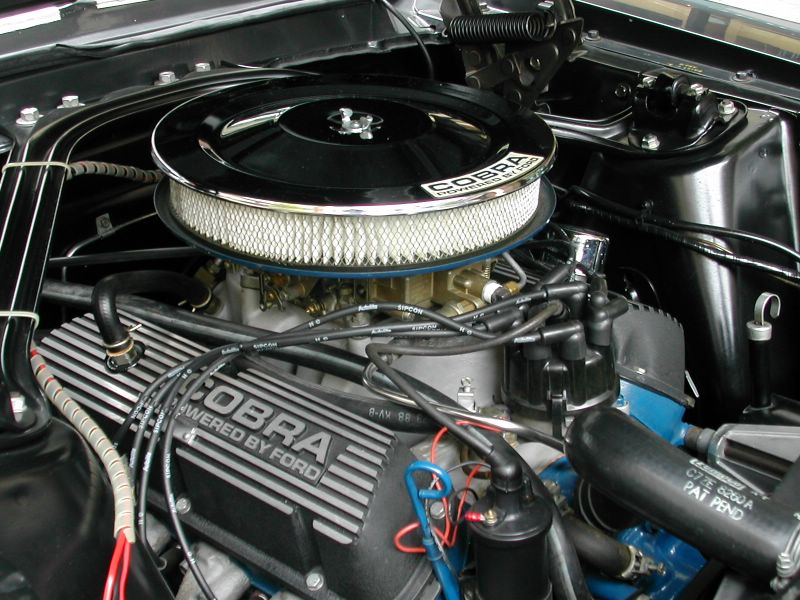Rocker Cover Gasket on:
[Wikipedia]
[Google]
[Amazon]

 Rocker covers are covers that are bolted on over
Rocker covers are covers that are bolted on over

 Rocker covers are covers that are bolted on over
Rocker covers are covers that are bolted on over rocker arm
In the context of an internal combustion engine, a rocker arm is a valvetrain component that typically transfers the motion of a pushrod to the corresponding intake/exhaust valve.
Rocker arms in automobiles are typically made from stamped steel ...
s in an internal combustion engine
An internal combustion engine (ICE or IC engine) is a heat engine in which the combustion of a fuel occurs with an oxidizer (usually air) in a combustion chamber that is an integral part of the working fluid flow circuit. In an internal combus ...
. They are called valve covers in the United States, Canada, and in situations where Rocker Arms are not present, such as some Overhead Cam, and most Dual Overhead Cam engines. and rocker boxes in the United Kingdom.
On modern engines without rocker arms they are internationally known as "valve cover" but are sometimes referred to as a "cam cover" or "timing cover" if they also cover the timing gear(s) and belt or chain.
V engine
A V engine, sometimes called a Vee engine, is a common configuration for internal combustion engines. It consists of two cylinder banks—usually with the same number of cylinders in each bank—connected to a common crankshaft. These cylinder b ...
s ( V6, V8, etc.) usually have two rocker covers, one for each bank of cylinders, while straight engine
The straight or inline engine is an internal combustion engine with all cylinders aligned in one row and having no offset. Usually found in four, six and eight cylinder configurations, they have been used in automobiles, locomotives and aircraft ...
s ( I4, I6, etc.) and single-cylinder engine
A single-cylinder engine, sometimes called a thumper, is a piston engine with one cylinder. This engine is often used for motorcycles, motor scooters, go-karts, all-terrain vehicles, radio-controlled vehicles, portable tools and garden machinery ...
s usually have one rocker cover. Very large multi-cylinder engines, such as those used in a ship or in aviation, may have one rocker cover for each cylinder, to make removal and installation more manageable.
History
In early engines, these covers did not exist. As the rocker arms are critical to having the intake and exhaust valves operate, it was necessary to keep them constantly oiled. With these early engines, the rocker arms would have to be frequently oiled as the oil was constantly being thrown off or contaminated with dirt from the outside environment. The rocker cover was invented to keep the oil in and the dirt out. This part is now found on nearly every existing internal combustion engine today.Rocker cover gasket
Agasket
Some seals and gaskets
A gasket is a mechanical seal which fills the space between two or more mating surfaces, generally to prevent leakage from or into the joined objects while under compression. It is a deformable material that is used to c ...
(rocker cover gasket, or valve cover gasket in the US and Canada) helps seal the joint between the rocker cover and the rest of the engine. Failure of this gasket can cause oil to leak from the engine.
References
Engine components Engine technology {{automotive-tech-stub